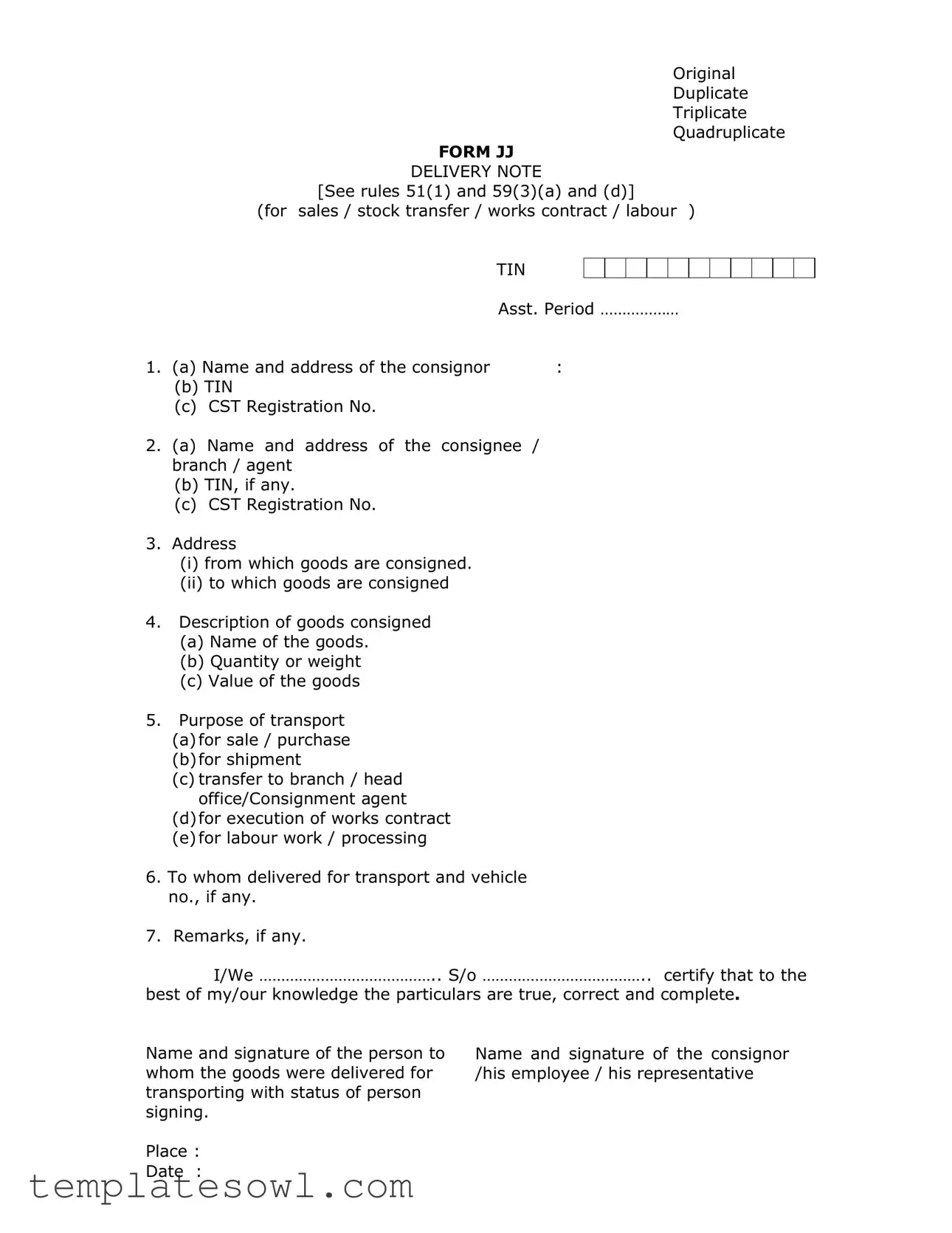Filling out the Jj form can be a daunting task for many, and mistakes can lead to delays or rejection of applications. One common error is providing incomplete information. Many people fail to fill out all required fields, thinking that selective information is sufficient. This can result in processing delays as the reviewing body may need to reach out for the missing details.
Another frequent mistake involves illegible handwriting. Even though this is primarily a digital form now, errors still occur when individuals opt to print and fill out forms by hand. If the text is not clear, it can easily lead to misunderstandings or misinterpretations of the information provided.
Some applicants mistakenly use varying formats for similar information, such as dates or phone numbers. Inconsistencies in these areas can complicate the review process, leading to unnecessary confusion about the applicant's background or history.
Another significant issue arises when individuals fail to review their entries. Rushing through the completion of the Jj form often leads to typos and missed errors. Taking a few extra minutes to double-check the submitted information can prevent these simple mistakes.
People frequently misunderstand the criteria for eligibility when filling out the Jj form. Failing to read the instructions thoroughly can lead to the submission of an application that does not meet all necessary requirements. This oversight is often due to a lack of familiarity with the form’s guidelines.
Additionally, some applicants might neglect to sign or date the form, which is crucial for validation. A signature serves as a confirmation of authenticity, while a date indicates the timeline for processing the application. Without these, the form may be seen as incomplete.
Another common error is failing to keep copies of submitted forms. Applicants often forget to make a copy for their records before submission. This can lead to complications later if there are questions about what was initially submitted or if any follow-up steps are required.
In some cases, individuals may misinterpret the questions, leading them to provide irrelevant information. Each question is crafted to gather specific data; diverging from this can compromise the quality of the application.
Finally, not seeking assistance when needed can also hinder the form-filling process. Whether relying on a trusted friend who understands the process or consulting with legal professionals, not recognizing when help is necessary can lead to avoidable mistakes.
